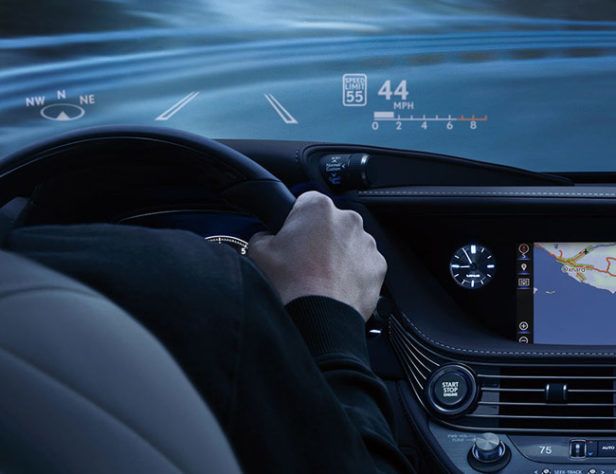T
he recent evolution of car safety systems has been a fascinating saga. While milestones were continuously achieved throughout the 20th the century — seat belts, crumple zones, anti-lock brakes — the last decade or so that has seen automotive safety cross over from mostly mechanical and electronic to overwhelmingly digital, bringing with it an almost clairvoyant ability to save our bacon when things go sideways, and accelerating in sophistication and capability like a 911 on launch control.
Just a decade ago, for instance, a Mercedes S-Class — the company’s six-figure, mack-daddy flagship sedan — had lane departure warning and blind-spot detection systems that were as vulgar and brutish as a first-gen iPhone’s vibration (while supposedly on “silent”). If you drifted across a solid-yellow or the dotted-white line or attempted to occupy the same space as that poor old Camry beside you, the car would shimmy and shake with a loud grinding noise and a flashing light as the wheel quivered in your hands. Now, the current S-Class delivers a subtle, dainty nudge with a perfectly tuned vibration and a soft hint of illumination in the side mirror to alert you that you may wish to pay slightly better attention.
As such, systems were honed and others materialized to help further populate company brochures with acronyms and variations of the same features. Thanks to the inclusion of radar, sonar, cameras, accelerometers and other sensors in the car, we now have obstacle detection, automatic emergency braking, pedestrian detection, rear cross-traffic alerts, lane centering, forward collision warnings, adaptive cruise control, adaptive headlights and other increasingly esoteric tech. (Left-turn crash avoidance!) Hell, you can even consider the flip-up rear spoiler that helps the $3 million Bugatti Chiron scrub off speed while braking down from 261 mph to be a safety feature.
Much of this, of course, is part of the industry-wide run-up to semi-autonomous and autonomous driving. The systems that help Tesla’s Autopilot, Cadillac’s Super Cruise and Mercedes’ Drive Pilot systems drive hands-free down the highway and sling themselves around turns all use essentially the same hardware as many of these systems, just more of it — and software, of course, that’s orders of magnitude more capable.
Also, much of this is stuff is wildly expensive. The three semi-autonomous drive systems above come in “technology” packages that include a wider array of features and which range in price between $5,000 and $10,000 — even if the core tech only costs an additional $3,000 to $6,000. But these semi-autonomous systems are also, arguably, more convenience features at the moment, even though they do contribute to safety by reducing fatigue and helping maintain improved situational awareness. Fortunately, while you tend to have to go all-in when upgrading a new car to such top-line systems, you can get many of the more conventional ADAS technologies — that is, advanced driver assistance systems — for much less. Which ones should you zero in on, and what will they cost you?
Buying Advice
Generally, there’s a baseline of safety systems that come included in a car’s standard purchase price, due to federal laws mandating their inclusion: anti-lock brakes, traction and stability control, airbags, and tire pressure monitoring systems. Starting in May of this year, backup cameras will also be required on all new cars. That leaves the more advanced systems — often optional equipment — that you’ll have to put some thought into. Here’s some guidance.
Expert-Recommended Tech
Forward collision warning flashes a warning on the display if the computer thinks you’re at risk of rear-ending another vehicle — though it won’t actually do the braking for you, as pricier systems will.
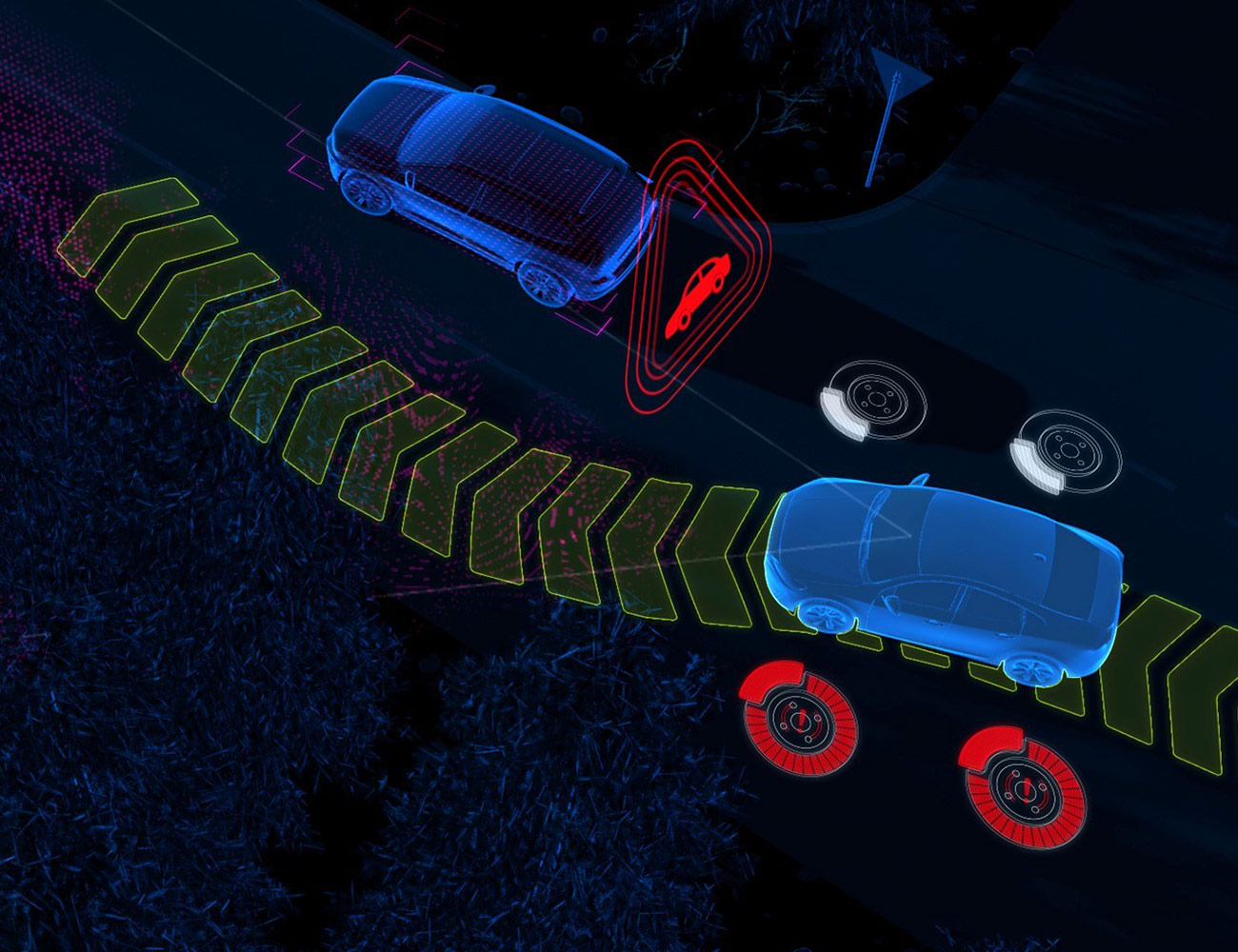
Automatic emergency braking will do the braking for you if you’re caught off-guard.
Blind-spot monitoring detects vehicles behind and to the sides of you and flashes a persistent warning of their presence on the mirror, and possibly a flashing variant if you try to scoot over to an occupied space.
Pedestrian detection identifies pedestrians and even initiate emergency braking.
Personally, I also consider adaptive cruise control to be an essential safety system, not just a convenience feature. On highway drives, this radar-guided system takes the edge off your fatigue and it helps ensure that your car keeps a steady, safe, predetermined distance from the one ahead of it. You still steer — unless you also happen to have lane-centering in the car — but it’s a measure of extra comfort and backup that provides its own safety dividends over longer and longer drives.
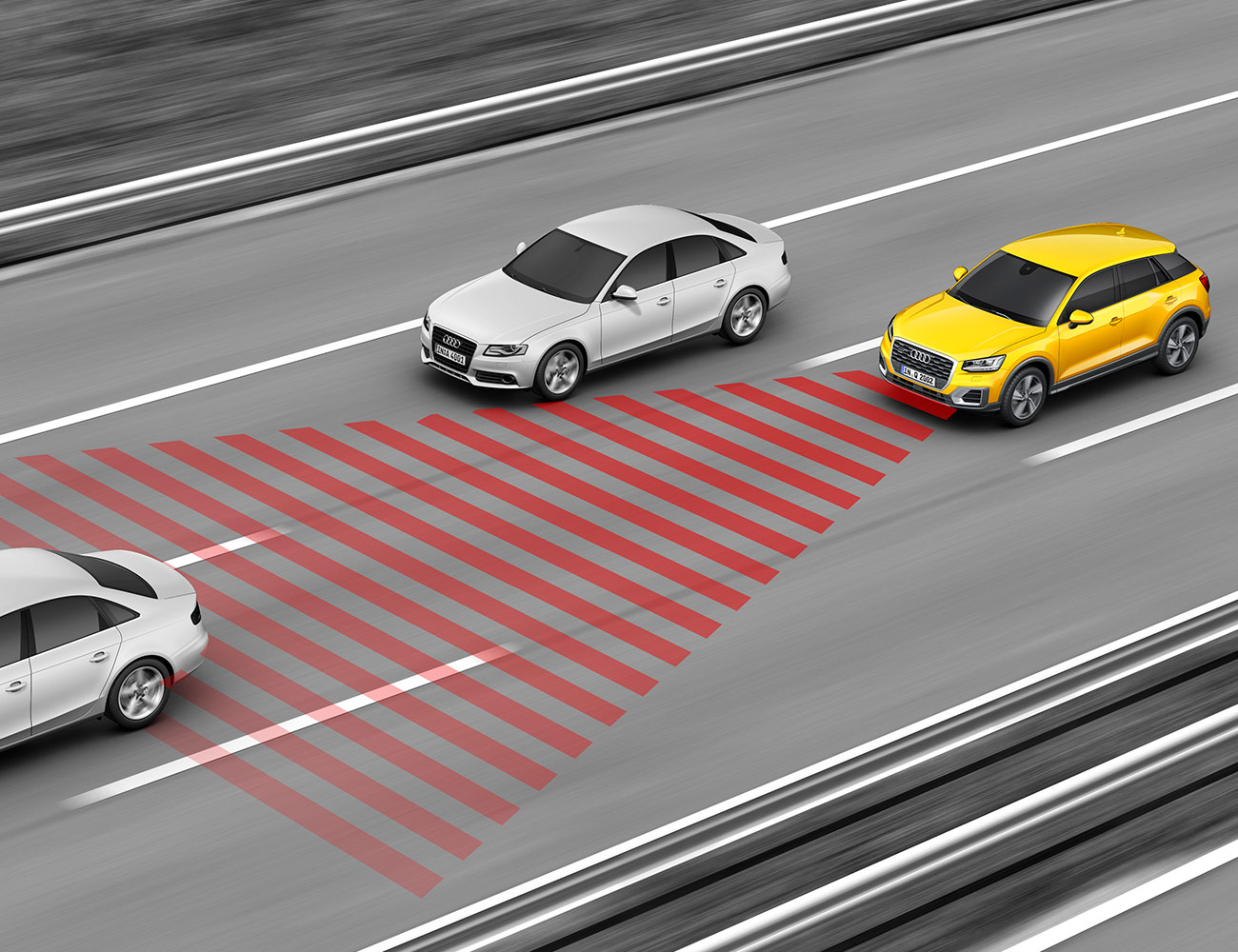
What’s all this going to cost you? As the systems both age a bit and trickle down from cars like the S-Class, their prices come down too — fortunately. Economy cars offer plenty of options. Being crafty marketers, of course, carmakers have no problem splitting up safety features into separate packages that each include assortments of non-safety features, such as heated steering wheels and assorted connectivity packages. So as always — do your homework and negotiate as much as humanly possible.
Economy Cars
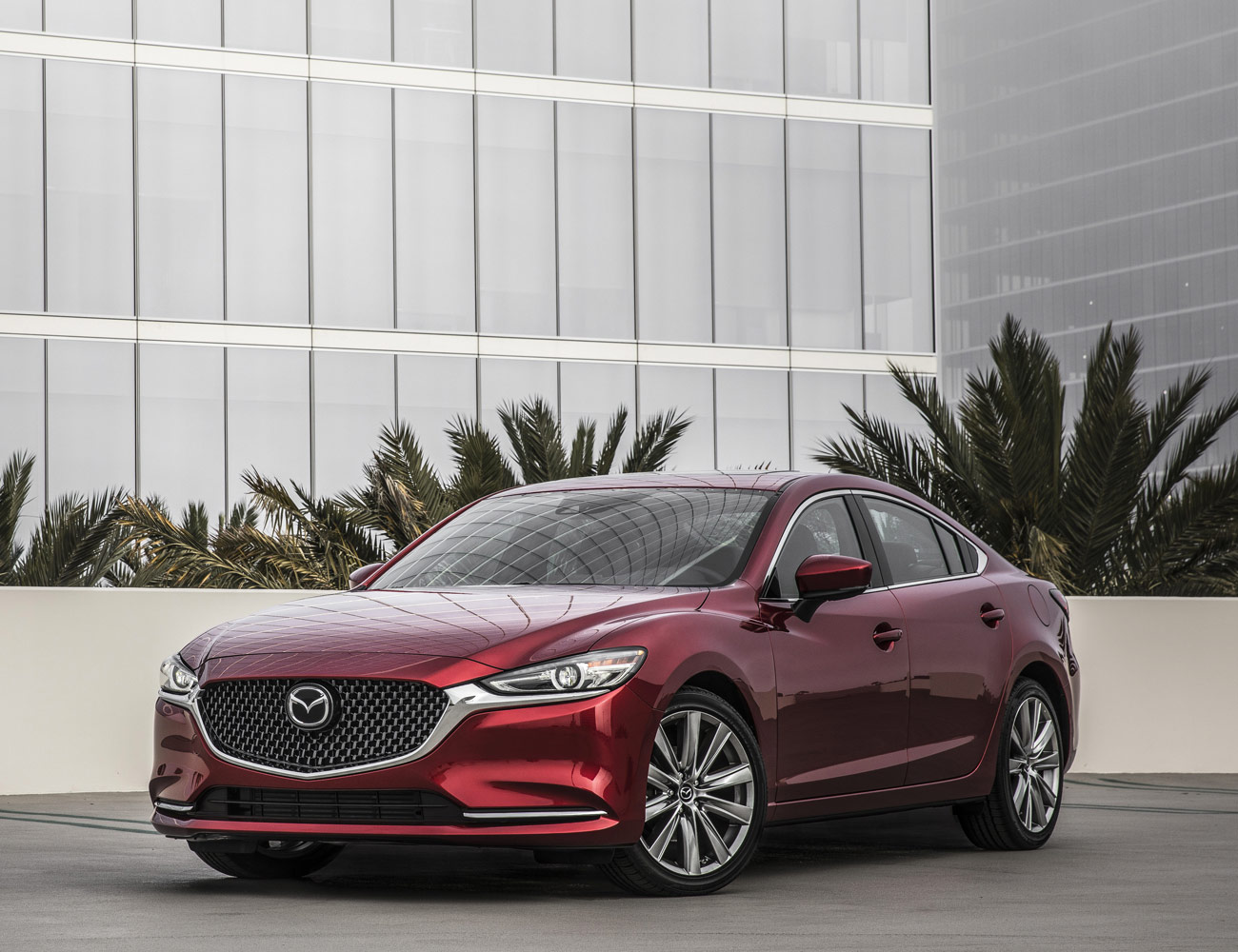
Mazda’s $21,950 (base) Mazda6 sedan offers its I-ActiveSense package with adaptive cruise, LDW, lane-keep assist, and collision warning, among other things, for just $625.
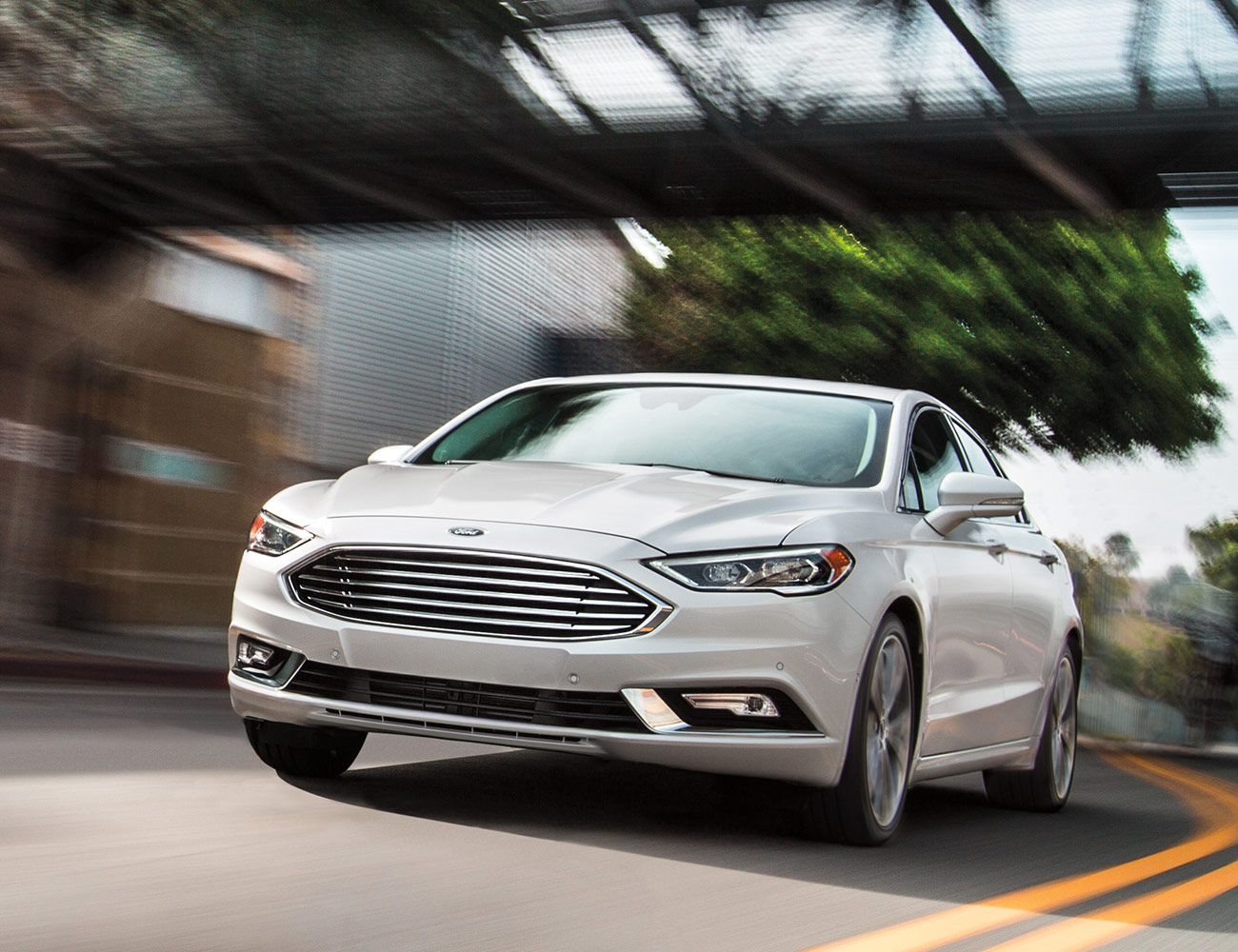
Ford’s $30,490 Fusion Titanium has a Driver Assist package that includes blind-spot and cross-traffic detection as well as lane-keep assist for $1,625, and for an additional $1,190 you can upgrade to adaptive cruise, collision warning, pedestrian detection, and active braking.
Mid-Range Cars
Going farther up the food chain, prices do tend to creep up, thanks to more refined and capable systems, as well as more inclusive packages.
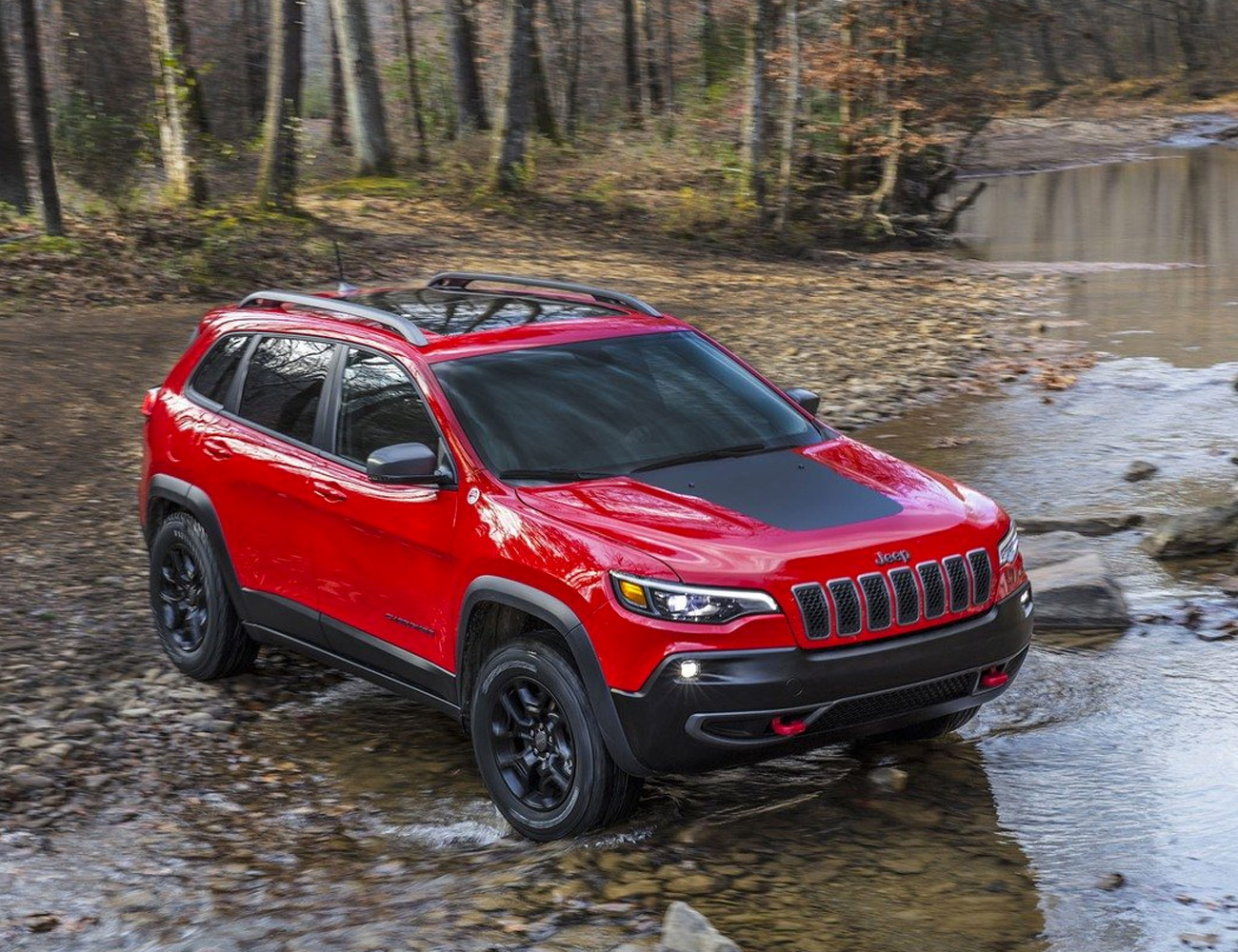
Jeep’s Cherokee Trailhawk offers a Technology Group package that includes collision warning, adaptive cruise, brake-assist, automatic high-beam adjustment, and lane-departure warning, among other things, for $1,645 — and for an additional $1,155 blind-spot and cross-path detection.
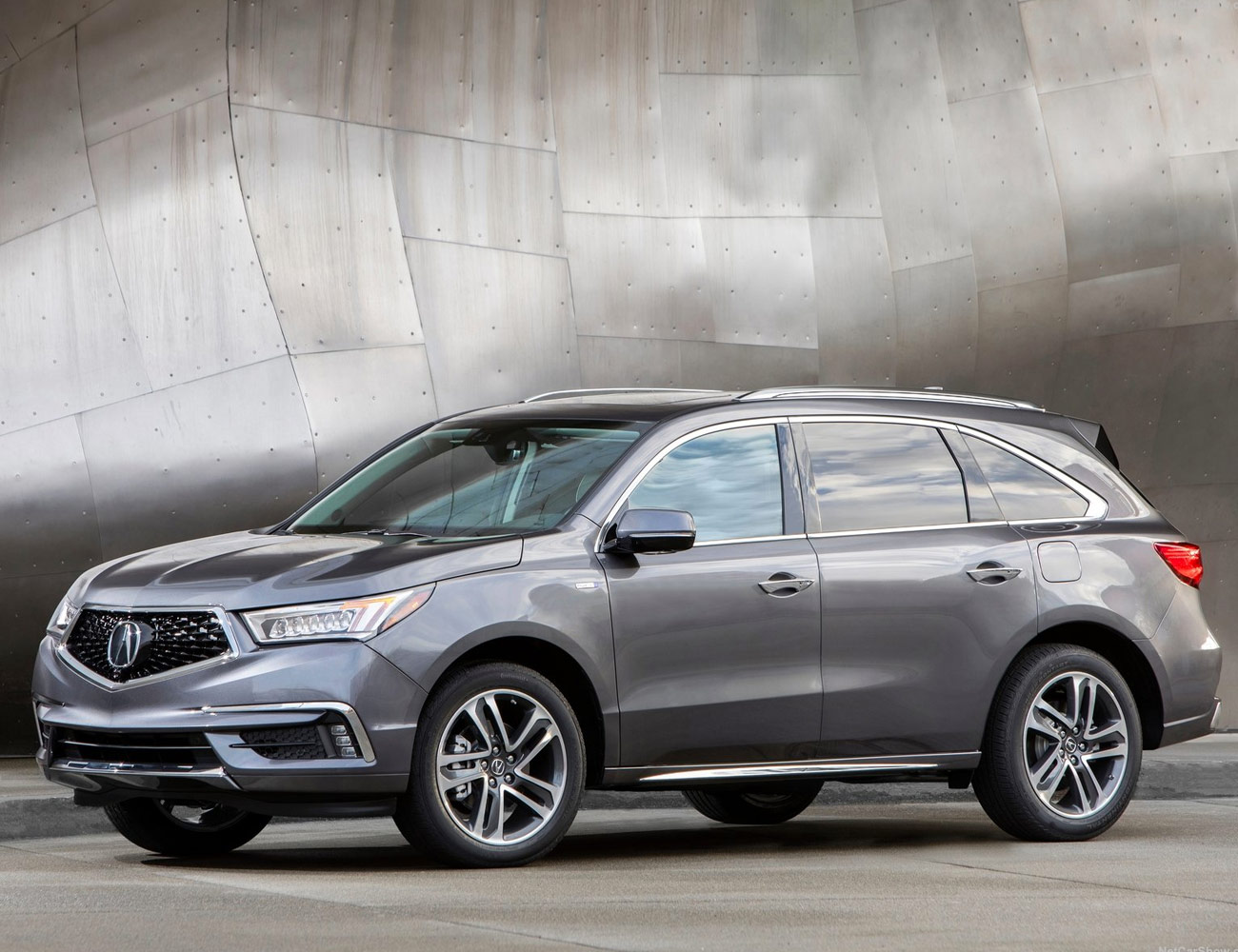
Acura’s upscale RDX SUV offers its AcuraWatch Plus tech package, including automatic braking, adaptive cruise, and lane-keep assist for a fairly economical $1,300 extra.
Premium Cars
Then there’s the Mercedes-AMG S63 sedan — a $200,000 car, mind you — offers a neatly compartmentalized Driver Assistance Package that includes, well, everything, all the way down to Route-Based Speed Adaptation for automatically adjusting speed as your approach curves or intersections. Its complete suite of features — which adds to an already impressive list of standard features, such as blind-spot detection — comes in at a relatively modest $2,250. (Not bad considering the rear-seat entertainment option alone is $2,600.)
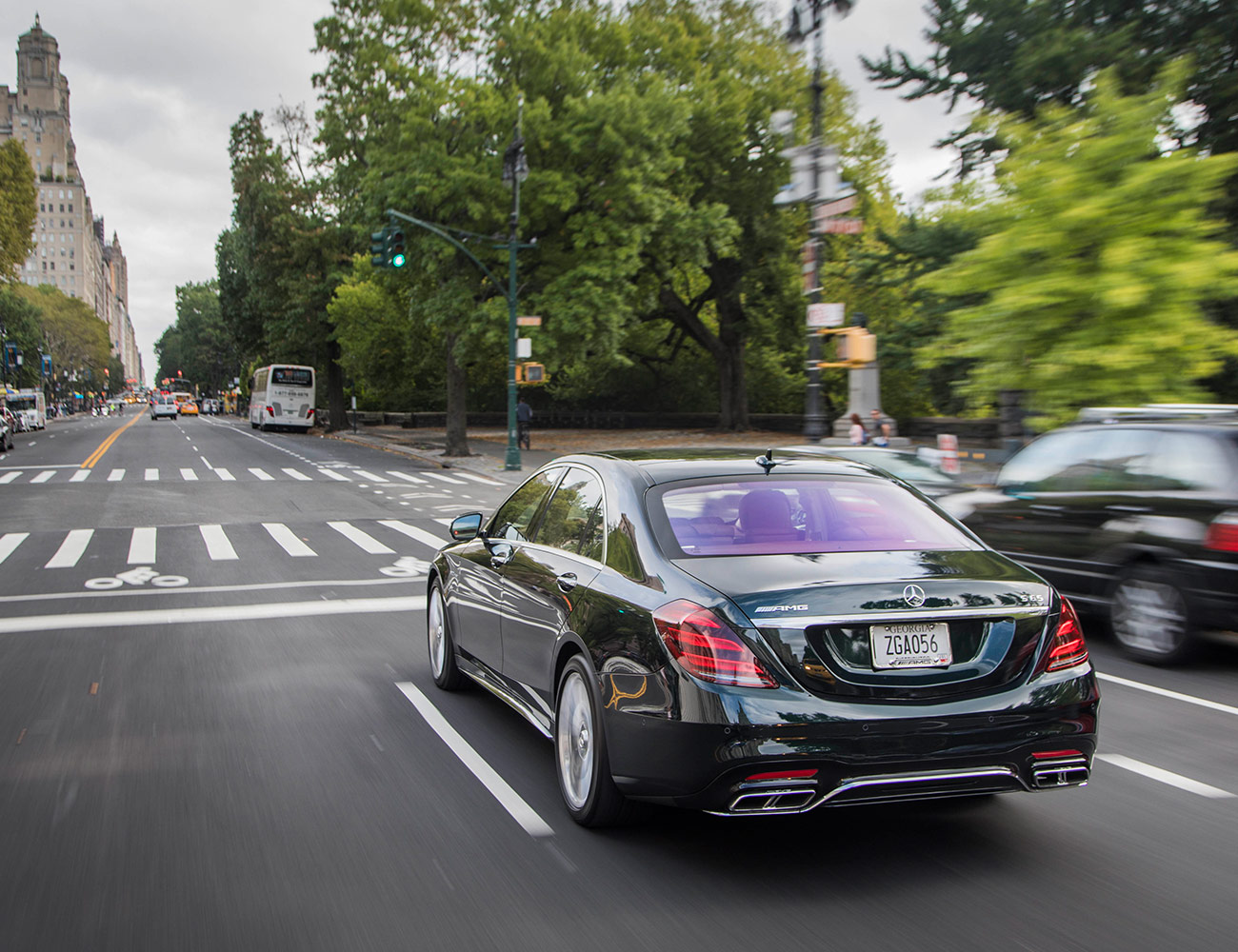
Naturally, these systems will continue to grow more robust and more capable as the technology evolves. But no matter what you have in your car, make sure you fully grasp how it works, what’s automatic and what isn’t, and what the systems can and cannot do. There’s very little standardization across manufacturers, so it’s on you to grasp the safety tech in the car you’re driving. To stay abreast of the advances in ADAS going forward, bookmark mycardoeswhat.org. Published by the National Safety Council, it provides details on how all these systems work and what you need to know about using them.
Eventually, car dashboards will disappear completely. We’re already close. Read the Story


